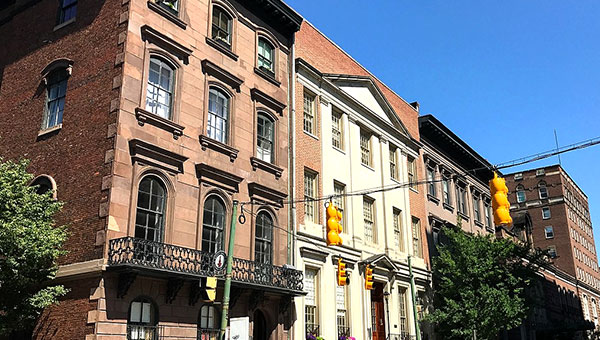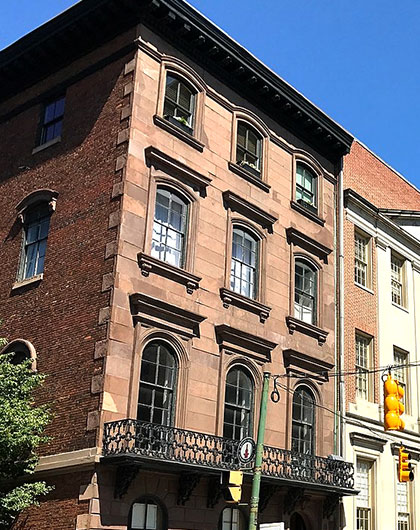
Old buildings and mold go together like peanut butter and jelly, don't they? Well, buckle up; we're about to take a thrilling journey into older buildings and the damp and dusty corners where mold thrives.
To kick things off, let's introduce our villain. Mold, no-it's not just some old, stinky cheese. In fact, mold is a family of fungi notorious for turning moist, dark spaces into their own personal condos. Remember that bread you forgot in the toaster oven? Yeah, thank mold for that abstract painting you found a week later.
Mold is a fungal freeloader with a heavier job than ruining your week-old bread. It poses some pretty serious health risks. For most of us, it can lead to annoying allergies, while for a few - we're talking asthma attacks, skin rashes, and even serious lung illnesses if exposure is repeated.
Old buildings are mold's favorite form of Airbnb listing, primarily because they offer precisely what it needs - ambiance! Specifically, mold thrives in dampness and lack of sufficient sunlight.

The thing with older buildings, unlike your new-age sky-rises, they were built at a time when we didn't have the technology for climate-control systems indoors. Poor ventilation, outdated construction techniques that are about as effective against dampness as a paper umbrella in a monsoon, and the lack of mold-resistant material make them fertile ground for mold.
Let's not forget the 'natural' casing of these older buildings. Materials like wood and plaster act as fancy welcome mats for mold. Plus, remember, wall insulations weren't always as sophisticated as they are now, hence the dampness.
On a more serious and less humorous note - according to a WHO study, about 50% of buildings in the US suffer from dampness, leading to moldy mayhem, particularly for older buildings.
Prolonged mold exposure can lead to some severe health issues. Cue suspenseful music - coughing, wheezing, nasal and throat disorders, allergies, asthma. Even depression in some cases - talk about a party pooper!
A quick visit to a mold-infested building might just leave you with a running nose and a 'meh' feeling, but long-term exposure? Now that's the stuff of nightmares. We're talking about potential chronic lung diseases and, in some extreme cases, toxicity, leading even to neurologic problems.
For folks with pre-existing conditions like asthma or weakened immune systems, mold can cause more harm than enduring an entire season of your least favorite reality show.
Mold is known for its sneakiness, and unfortunately, it doesn't come with an 'I'm here' neon sign. But if you spot black or greenish-black fuzzies on damp areas or need to wipe off your walls for "dirt" regularly, you're hosting an unwelcome occupant.
Want to play mold detective? Use that sniffer of yours! Mold reports its existence with a musty smell reminiscent of wet socks left in a gym bag for too long.
Let's not forget the telltale signs of decay. Mold is like that bad tenant, leaving your building materials and furnishings worse than a moth-ridden old sweater.
Much like waking up on Monday mornings, unattended mold infestations only get worse. Identifying and getting it fixed in time is what keeps you sane and the costs low.
Older buildings in the US are treasures, but they require extra care to keep them free from the clutches of mold. Understanding the unique challenges they present is key to effective mold management and remediation. At FDP Mold Remediation, we blend respect for history with modern mold remediation techniques, ensuring that these historical gems continue to stand proudly - mold-free.
Remember, in the battle against mold in older buildings, knowledge and vigilance are your best allies. Keep an eye out, and don't hesitate to call in the experts when mold shows up uninvited. After all, preserving the past doesn't have to mean living with its less pleasant aspects, like mold.



